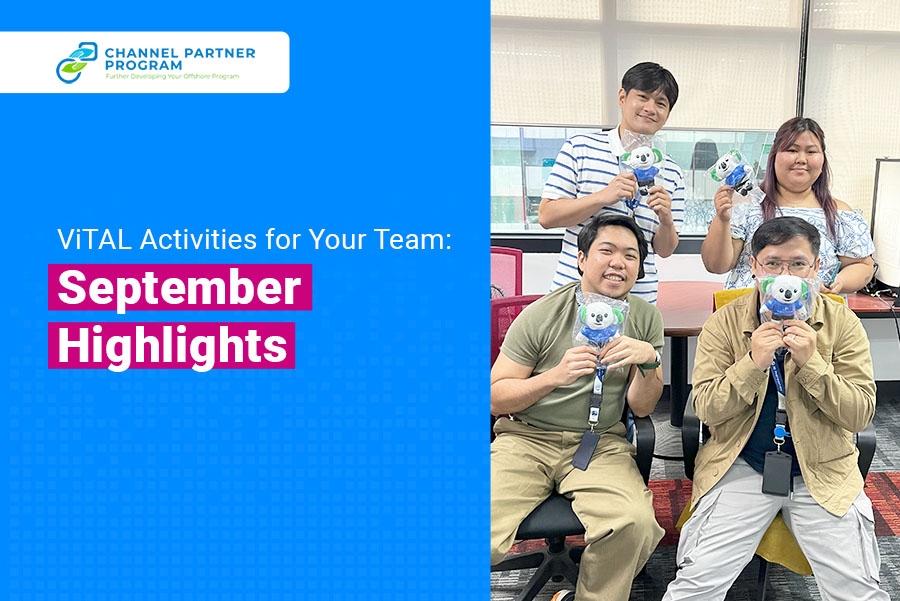Mental health challenges among employees are becoming more prevalent these days, and recognizing when a staff member is struggling can be difficult.
It’s not always obvious, and the signs can often be subtle. Being able to spot these indicators early—and responding with empathy and support—can make a significant difference in maintaining a healthy, engaged, and productive workforce.
Spotting the Signs: What to Look For
Employees facing mental health challenges often exhibit subtle behavioral changes that can be overlooked, especially in a busy work environment. Here are some key signs to watch for:
- Subtle Behavioral Shifts: Pay attention to changes in behavior such as increased withdrawal, irritability, or a noticeable lack of engagement. Staff who were previously vocal may become quieter, and those who typically collaborate may start isolating themselves.
- Increased Absenteeism or Tardiness: If an employee suddenly begins missing work more frequently, or is late without prior explanation, it could be a sign that they are struggling with mental health issues. It’s important to address this before it becomes a consistent pattern.
- Decline in Productivity or Quality of Work: A drop in the usual standard of work can be a red flag. Employees under mental strain may struggle with focusing, meeting deadlines, or producing their best work, even if they have the skills to do so.
- Physical Signs: Employees may appear physically drained, fatigued, or overwhelmed, especially during meetings or presentations. It may become hard for them to focus, and they may show signs of stress, such as fidgeting, poor posture, or appearing distracted.
- Social Withdrawal: If an employee starts skipping team events—whether in-person or virtual—or avoids social interactions, this could signal that they are experiencing emotional strain and do not feel comfortable participating in group settings.
Supporting Staff Compassionately: A People-First Approach
Once you’ve identified the signs of mental health challenges, the next step is offering support. But how can you support your staff in a way that fosters an environment of empathy and care?
- Normalize Mental Health Conversations: Start by creating a space where mental health discussions are normalized. Let your team know that it’s okay to talk about struggles without fear of judgment. Encourage openness, and make mental health a priority in your company culture.
- Train Your Team Leads to Recognize and Respond with Empathy: Equip your team leads and managers with the skills to identify signs of mental distress and to respond in a compassionate and non-judgmental manner. If you’re a manager, empathy training ensures you’ll approach these conversations with care and without making the employee feel singled out.
Practical Steps for Companies: Building a Supportive Environment
Beyond awareness and empathy, there are actionable steps companies can take to create a supportive work environment for employees facing mental health challenges:
- Encourage Work-Life Balance: Encourage your employees to maintain a healthy work-life balance. This includes respecting boundaries and ensuring that team members have enough downtime to recharge. A culture that values time off and boundaries can help reduce burnout and promote mental well-being.
- Peer Support Systems: Consider implementing a peer support or buddy system. This gives employees a sense of community and allows them to connect with others who can provide encouragement or simply lend a listening ear.
- Regular Workload and Deadline Reviews: To prevent burnout, regularly review workloads and deadlines with employees. Ensure that expectations are realistic, and provide flexibility when possible. It’s essential to check in regularly to see if anyone is feeling overwhelmed, and adjust work accordingly to prevent mental fatigue.
Supporting your staff through mental health challenges doesn’t have to be complicated, but it does require effort and awareness.
By spotting the signs early, creating an empathetic environment, and implementing practical steps, you can help your employees maintain a healthy work-life balance, feel supported, and continue to thrive in their roles. Remember, fostering a people-first culture isn’t just good for employees—it’s good for business too.





